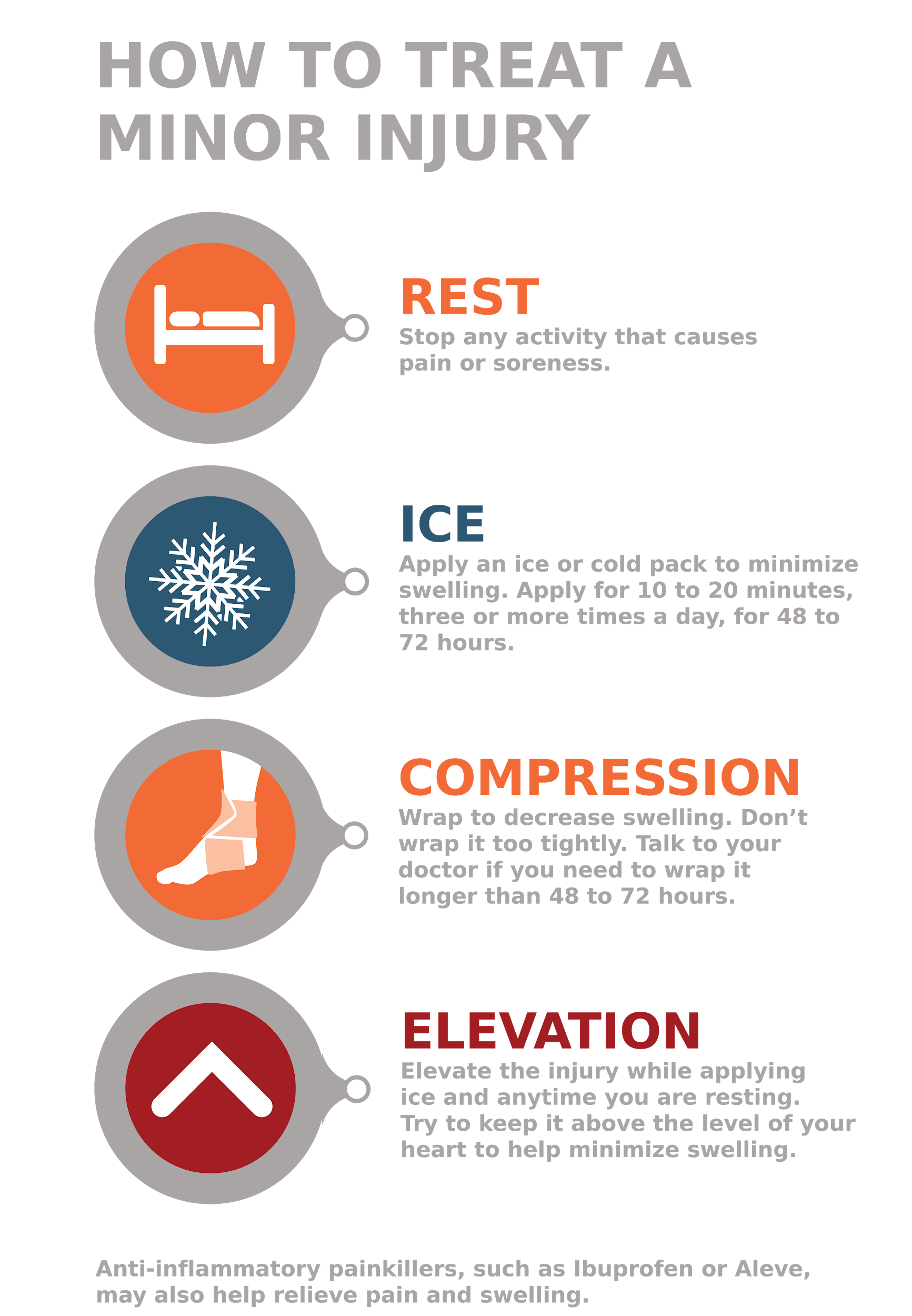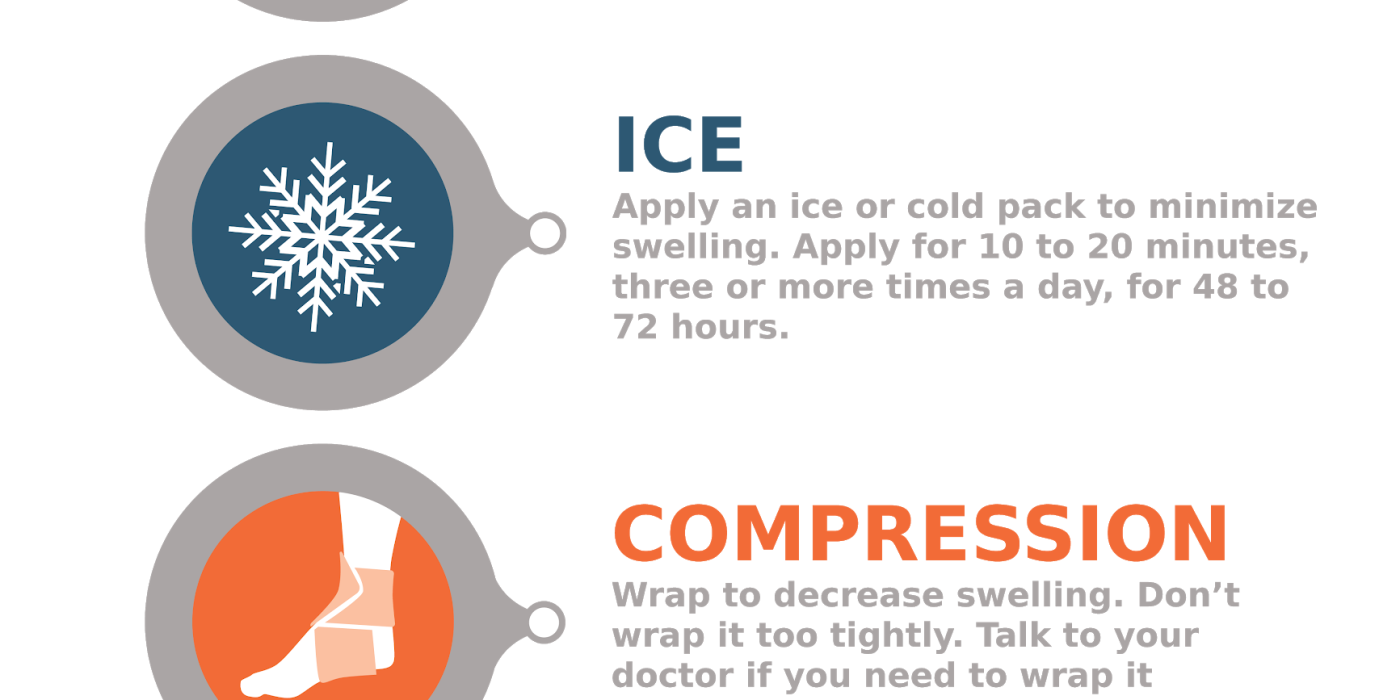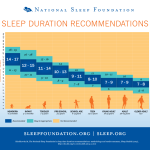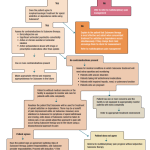Ah, muscle strains and sprains, those pesky pains that can really put a damper on our day, right? But fear not, my friend, for I am here to share some valuable tips on how to manage pain relief for muscle strains and sprains. Whether you’ve twisted your ankle during a workout or pulled a muscle while attempting to do the splits (ouch!), I’ve got you covered with some practical advice to help ease your discomfort and get you back on your feet in no time. So, let’s dive in and discover the secrets to soothing those achy muscles!
When it comes to managing pain relief for muscle strains and sprains, one of the first things you should do is remember the trusty acronym, RICE. No, I’m not talking about the delicious grain that goes well with any meal, but rather, Rest, Ice, Compression, and Elevation. These four steps can work wonders in alleviating pain and reducing swelling. So, take a break from your activities, apply an ice pack to the affected area, wrap it snugly with a compression bandage, and elevate it to help reduce inflammation. Remember, my friend, RICE is nice when it comes to healing those strained or sprained muscles.
But that’s not all! Another effective method for managing pain relief is the use of over-the-counter pain medications such as ibuprofen or acetaminophen. These little warriors can help to reduce pain and inflammation, allowing you to move more comfortably as your muscles heal. Just be sure to follow the recommended dosage and consult your doctor if you have any underlying health conditions or concerns. Now that you’re armed with these valuable tips, you can bid farewell to those pesky muscle strains and sprains and say hello to a speedy recovery. Trust me, your muscles will thank you!
1. Rest: Avoid activities that worsen the pain and give your muscles time to heal.
2. Ice: Apply ice packs to the affected area for 15-20 minutes every 2-3 hours.
3. Compression: Use an elastic bandage to wrap the injured muscle, providing support and reducing swelling.
4. Elevation: Keep the injured muscle elevated to reduce swelling and promote healing.
5. Over-the-counter pain relievers: Take nonsteroidal anti-inflammatory drugs (NSAIDs) to alleviate pain and reduce inflammation.
6. Gentle stretches and exercises: Once the acute pain subsides, perform gentle stretches and exercises to restore strength and flexibility.
Remember, always consult a healthcare professional for a proper diagnosis and personalized treatment plan.

How to Manage Pain Relief for Muscle Strains and Sprains
Muscle strains and sprains are common injuries that can occur during physical activities or accidents. The pain and discomfort associated with these injuries can be quite debilitating, making it essential to manage pain relief effectively. In this article, we will explore various strategies and techniques to alleviate pain and promote the healing process for muscle strains and sprains.
Understanding Muscle Strains and Sprains
Muscle strains and sprains are often used interchangeably, but they refer to different types of injuries. A muscle strain is an injury that occurs when a muscle or tendon is stretched or torn. This can happen due to sudden movements, overexertion, or improper form during exercise. On the other hand, a sprain refers to an injury to a ligament, which connects bone to bone and provides stability to joints. Sprains commonly occur when a joint is twisted or subjected to excessive force.
When muscles or ligaments are injured, pain, swelling, and limited mobility can occur. It is crucial to manage these symptoms effectively to promote healing and prevent further damage.
Managing Pain for Muscle Strains and Sprains
1. Rest and Immobilization
One of the first steps in managing pain for muscle strains and sprains is to rest the injured area. Avoid any activities that aggravate the pain and give your body time to heal. Immobilization, such as using a splint or brace, can also help stabilize the injured area and prevent further damage.
2. Ice and Heat Therapy
Applying ice to the injured area within the first 24 to 48 hours can help reduce pain and swelling. Use a cold pack or wrap ice in a towel and apply it for 15 to 20 minutes every few hours. After the initial 48 hours, heat therapy can be beneficial to relax muscles and promote blood flow. Use a heating pad or warm compress for 15 to 20 minutes at a time.
3. Over-the-Counter Pain Medication
Nonsteroidal anti-inflammatory drugs (NSAIDs), such as ibuprofen or naproxen, can help alleviate pain and reduce inflammation. Follow the recommended dosage and consult with a healthcare professional if you have any underlying conditions or are taking other medications.
4. Physical Therapy
Physical therapy plays a crucial role in managing pain and promoting the healing process for muscle strains and sprains. A qualified therapist can guide you through exercises and stretches that strengthen the affected muscles, improve range of motion, and prevent future injuries. They may also use techniques such as massage, ultrasound, or electrical stimulation to alleviate pain and promote healing.
5. Compression and Elevation
Using compression bandages or wraps can help reduce swelling and provide support to the injured area. Wrap the bandage firmly but not too tight, and make sure to remove it at night or if you experience any increased pain or discomfort. Elevating the injured limb above heart level can also aid in reducing swelling.
6. Alternative Therapies
There are several alternative therapies that can complement traditional pain management techniques. Acupuncture, for example, has been shown to reduce pain and promote healing. Massage therapy, chiropractic care, and herbal remedies may also provide relief for muscle strains and sprains. Consult with a qualified practitioner to determine which alternative therapy may be suitable for you.
Preventing Muscle Strains and Sprains
Prevention is always better than cure when it comes to muscle strains and sprains. Here are some tips to help reduce the risk of these injuries:
1. Warm-Up and Stretch
Before engaging in any physical activity, it is essential to warm up your muscles and stretch properly. This helps improve flexibility and prepares your body for the demands of exercise.
2. Use Proper Form and Technique
Whether you are lifting weights, playing sports, or performing any physical activity, using proper form and technique is crucial. This reduces the strain on your muscles and ligaments, minimizing the risk of injury.
3. Gradually Increase Intensity
When starting a new exercise routine or increasing the intensity of your current one, do so gradually. This allows your muscles and ligaments to adapt and become stronger, reducing the risk of strains and sprains.
4. Wear Appropriate Footwear
Wearing proper footwear that provides adequate support and cushioning can help prevent injuries. Choose shoes that are suitable for the specific activity you are engaging in.
5. Take Breaks and Listen to Your Body
Listen to your body’s signals and take breaks when needed. Pushing through pain or fatigue can increase the risk of injury. Resting and allowing your body to recover is essential for preventing strains and sprains.
6. Stay Hydrated
Proper hydration is crucial for maintaining muscle and ligament health. Drink enough water throughout the day to keep your body adequately hydrated.
In conclusion, managing pain relief for muscle strains and sprains requires a comprehensive approach that includes rest, ice and heat therapy, over-the-counter pain medication, physical therapy, compression and elevation, and alternative therapies. Additionally, focusing on prevention through warm-up and stretching, using proper form and technique, gradually increasing intensity, wearing appropriate footwear, taking breaks, and staying hydrated can significantly reduce the risk of these injuries. By implementing these strategies, individuals can effectively manage pain and promote the healing process for muscle strains and sprains.
Key Takeaways:
- Rest is crucial for muscle strain and sprain recovery.
- Apply ice to the affected area to reduce pain and swelling.
- Compress the injury with a bandage or wrap to provide support.
- Elevate the injured muscle to minimize swelling.
- Over-the-counter pain relievers can help manage pain.
Frequently Asked Questions
What are the best ways to manage pain relief for muscle strains and sprains?
When it comes to managing pain relief for muscle strains and sprains, there are several effective strategies you can try. Firstly, it’s important to rest the affected area to allow it time to heal. Avoid any activities that may aggravate the injury and consider using crutches or a brace for additional support.
Applying ice to the injured area can help reduce inflammation and numb the pain. Aim to apply ice for 15-20 minutes every 2-3 hours for the first 48-72 hours following the injury. Additionally, over-the-counter pain medications such as ibuprofen or acetaminophen can provide temporary relief. However, it’s important to consult with a healthcare professional before taking any medication.
Are there any natural remedies that can help with pain relief for muscle strains and sprains?
Yes, there are several natural remedies that may help with pain relief for muscle strains and sprains. One popular option is using heat therapy. Applying a warm compress or taking a warm bath can help relax the muscles and alleviate pain. Gentle stretching exercises and physical therapy can also aid in relieving pain and promoting healing.
Additionally, certain herbs and essential oils have anti-inflammatory properties that can assist with pain management. Examples include arnica, ginger, and peppermint oil. However, it’s important to consult with a healthcare professional or a qualified herbalist before using these remedies, especially if you have any underlying medical conditions or are taking other medications.
Is it necessary to seek medical attention for muscle strains and sprains?
In most cases, muscle strains and sprains can be effectively managed at home without the need for medical attention. However, there are certain circumstances where it is advisable to seek medical advice. If the pain is severe, persists for more than a few days, or is accompanied by other concerning symptoms such as swelling, numbness, or difficulty moving the affected area, it is recommended to consult with a healthcare professional.
Furthermore, if you have a history of recurrent or chronic muscle strains and sprains, or if the injury was caused by a significant trauma, it is best to seek medical attention for a proper diagnosis and appropriate treatment plan.
What role does physical therapy play in managing pain relief for muscle strains and sprains?
Physical therapy can play a crucial role in managing pain relief for muscle strains and sprains. A qualified physical therapist can assess the injury, develop a personalized treatment plan, and guide you through exercises and stretches that can help strengthen the affected muscles and promote healing.
In addition to exercises, physical therapists often use other modalities such as heat therapy, cold therapy, ultrasound, and electrical stimulation to further alleviate pain and aid in the recovery process. The guidance and expertise provided by a physical therapist can significantly enhance the healing process and prevent future injuries.
How long does it usually take for muscle strains and sprains to heal?
The healing time for muscle strains and sprains can vary depending on the severity of the injury and individual factors. In general, mild to moderate strains and sprains may take a few weeks to a couple of months to heal completely. However, more severe injuries or those involving multiple muscles or ligaments may require a longer recovery period.
It’s important to follow the recommended treatment plan, including rest, gentle exercises, and any prescribed therapies, to promote healing and prevent further complications. If you have any concerns about the healing progress or if the pain persists beyond the expected timeframe, it is advisable to consult with a healthcare professional for further evaluation and guidance.
Final Summary: How to Manage Pain Relief for Muscle Strains and Sprains?
So there you have it, folks! We’ve covered some fantastic tips and strategies for managing pain relief when it comes to muscle strains and sprains. Remember, the key to a speedy recovery is taking the right steps and giving your body the care it needs.
First and foremost, it’s crucial to rest and give your muscles time to heal. Don’t push yourself too hard and listen to your body’s signals. Applying ice packs to the affected area can help reduce swelling and ease the pain. And don’t forget about the power of compression and elevation to provide additional relief.
Additionally, incorporating gentle stretching exercises and gradually increasing your activity level can aid in the healing process. Building up your strength and flexibility will not only help prevent future injuries but also allow you to bounce back faster. And let’s not forget the importance of proper nutrition and hydration in supporting your body’s recovery.
In conclusion, managing pain relief for muscle strains and sprains requires a holistic approach. By incorporating rest, icing, compression, elevation, stretching, and proper nutrition into your recovery plan, you’ll be well on your way to getting back on your feet in no time. Remember, take it easy, be patient, and give yourself the care you deserve. Your body will thank you for it!



